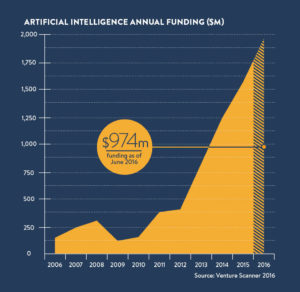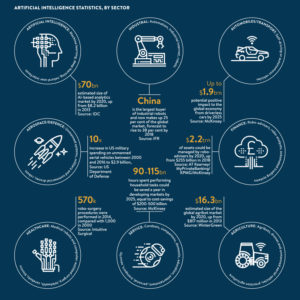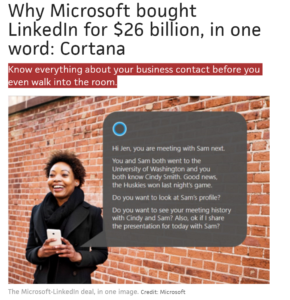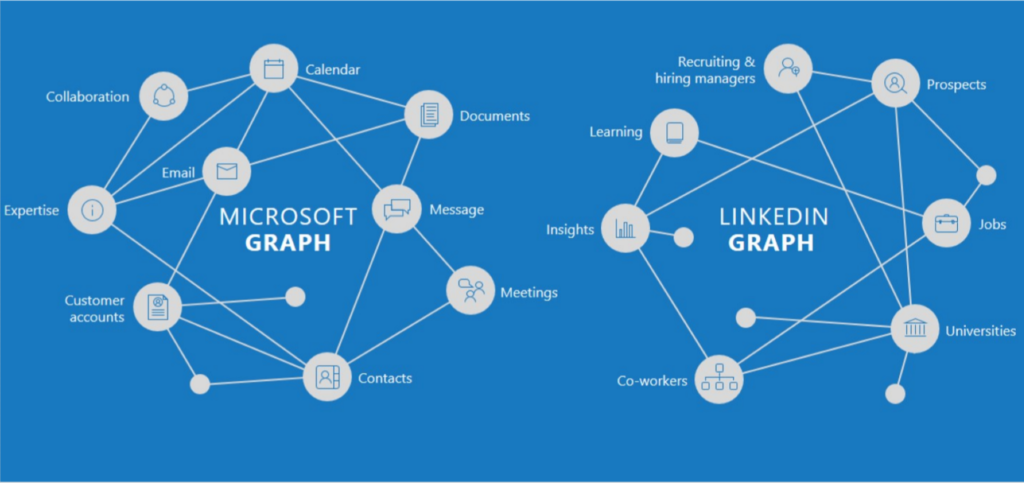
An increasing number of patients are using technology for a quick fix. Photographed by Mikael Jansson, Vogue, March 2016
PL – So, here’s an informative piece on a person’s experience using an on-demand interactive video therapist, as compared to her human therapist. In Vogue Magazine, no less. A sign this is quickly becoming trendy. But is it effective?
In the first paragraph, the author of the article identifies the limitations of her digital therapist:
“I wish I could ask (she eventually named her digital therapist Raph) to consider making an exception, but he and I aren’t in the habit of discussing my problems”
But the author also recognizes the unique value of the digital therapist as she reflects on past sessions with her human therapist:
“I saw an in-the-flesh therapist last year. Alice. She had a spot-on sense for when to probe and when to pass the tissues. I adored her. But I am perennially juggling numerous assignments, and committing to a regular weekly appointment is nearly impossible.”
Later on, when the author was faced with another crisis, she returned to her human therapist and this was her observation of that experience:
“she doesn’t offer advice or strategies so much as sympathy and support—comforting but short-lived. By evening I’m as worried as ever.”
On the other hand, this is her view of her digital therapist:
“Raph had actually come to the rescue in unexpected ways. His pragmatic MO is better suited to how I live now—protective of my time, enmeshed with technology. A few months after I first “met” Raph, my anxiety has significantly dropped”
This, of course, was a story written by a successful educated woman, working with an interactive video, who had experiences with a human therapist to draw upon for reference.
What about the effectiveness of a digital therapist for a more diverse population with social, economic and cultural differences?
It has already been shown that, done right, this kind of tech has great potential. In fact, as a more affordable option, it may do the most good for the wider population.
The ultimate goal for tech designers should be to create a more personalized experience. Instant and intimate. Tech that gets to know the person and their situation, individually. Available any time. Tech that can access additional electronic resources for the person in real-time, such as the above mentioned interactive video.
But first, tech designers must address a core problem with mindset. They code for a rational world while therapists deal with irrational human beings. As a group, they believe they are working to create an omniscient intelligence that does not need to interact with the human to know the human. They believe it can do this by reading the human’s emails, watching their searches, where they go, what they buy, who they connect with, what they share, etc. As if that’s all humans are about. As if they can be statistically profiled and treated to predetermined multi-stepped programs.
This is an incompatible approach for humans and the human experience. Tech is a reflection of the perceptions of its coders. And coders, like doctors, have their limitations.
In her recent book, Just Medicine, Dayna Bowen Matthew highlights research that shows 83,570 minorities die each year from implicit bias from well-meaning doctors. This should be a cautionary warning. Digital therapists could soon have a reach and impact that far exceeds well-trained human doctors and therapists. A poor foundational design for AI could have devastating consequences for humans.
A wildcard was recently introduced with Google’s AlphaGo, an artificial intelligence that plays the board game Go. In a historic Go match between Lee Sedol, one of the world’s top players, AlphaGo won the match four out of five games. This was a surprising development. Many thought this level of achievement was 10 years out.
The point: Artificial intelligence is progressing at an extraordinary pace, unexpected by most all the experts. It’s too exciting, too easy, too convenient. To say nothing of its potential to be “free,” when tech giants fully grasp the unparalleled personal data they can collect. The Jeanie (or Joker) is out of the bottle. And digital coaches are emerging. Capable of drawing upon and sorting vast amounts of digital data.
Meanwhile, the medical and behavioral fields are going too slow. Way too slow.
They are losing ground (most likely have already lost) control of their future by vainly believing that a cache of PhDs, research and accreditations, CBT and other treatment protocols, government regulations and HIPPA, is beyond the challenge and reach of tech giants. Soon, very soon, therapists that deal in non-critical non-crisis issues could be bypassed when someone like Apple hangs up its ‘coaching’ shingle: “Siri is In.”
The most important breakthrough of all will be the seamless integration of a digital coach with human therapists, accessible upon immediate request, in collaborative and complementary roles.
This combined effort could vastly extend the reach and impact of all therapies for the sake of all human beings.
Source: Vogue

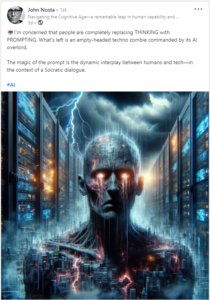

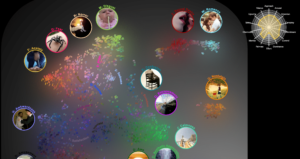
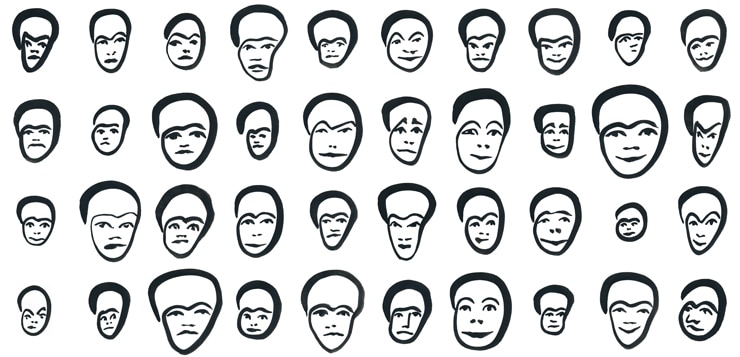

 I
I


